Dupa plasarea solicitării de comandă, in sectiunea Istoric puteti vedea cate solicitări de comandă mai avem de procesat inaintea dumneavoastra
Program de lucru: Luni - Vineri 9:00 - 18:00, pauza 13:00 - 14:00.
Se efectueaza lucrari de mentenanta la site si pot aparea erori. In cazul in care intampinati erori va rugam sa reincercati mai tarziu.
Ridicarea personala este disponibila pentru comenzile achitate in avans. Se pot ridica dupa ce sunt pregatite.
No products
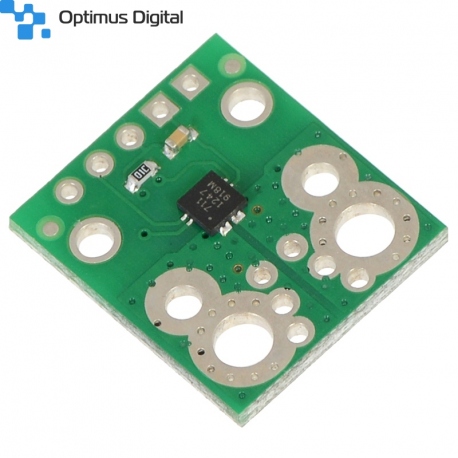 View larger
View larger
ACS711EX Current Sensor (From -31 A To +31 A)
0104110000014511
New product
This board is a simple carrier of Allegro’s ±31 A ACS711 Hall effect-based linear current sensor with overcurrent fault output, which offers a low-resistance (~0.6 mΩ) current path and electrical isolation up to 100 V. This version accepts a bidirectional current input with a magnitude up to 31 A and outputs a proportional analog voltage centered at Vcc/2 with a typical error of ±4%. It operates from 3 V to 5.5 V, so it can interface directly to both 3.3 V and 5 V systems.
See description for more details about the product.
Add to cart now!
This product is no longer in stock
- Write a review
- Remove this product from my favorite's list.
- Add this product to my list of favorites.
More info
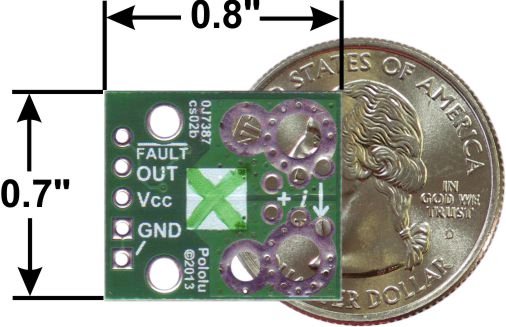
_1.jpg)
Overview
This current sensor is a carrier board or breakout board for Allegro’s ACS711KEXLT-31AB-T Hall effect-based linear current sensor with overcurrent fault output; we therefore recommend careful reading of the ACS711 datasheet (533k pdf) before using this product. This sensor has an operating voltage of 3 V to 5.5 V and an output sensitivity of 45 mV/A when Vcc is 3.3 V (or 68 mV/A when Vcc is 5 V). The following list details some of the sensor’s key features:
• Designed for bidirectional input current from -31 A to 31 A (though the robust sensor IC can tolerate 100 ms transient current spikes up to 100 A).
• Conductive path internal resistance is typically 0.6 mΩ, and the PCB is made with 2-oz copper, so very little power is lost in the board.
• Use of a Hall effect sensor means the IC is able to electrically isolate the current path from the sensor’s electronics (for applications up to 100 V), which allows the sensor to be inserted anywhere along the current path and to be used in applications that require electrical isolation.
• 100 kHz bandwidth.
• Good accuracy and reliability: factory calibration results in a typical total output error of ±4% at room temperature, the output offset voltage is extremely stable, and the sensor has zero magnetic hysteresis.
• Overcurrent FAULT output latches low when current magnitude exceeds 31 A.
• Operating temperature range of -40°C to 125°C.
The pads are labeled on the bottom silkscreen, as shown in the picture to the right. The silkscreen also shows the direction that is interpreted as positive current flow via the +i arrow.
This 31 A current sensor is marked with a green X. We also sell a 15.5 A version that uses the same carrier PCB; you can distinguish the versions by reading the text on the IC or by looking at the color of the X on the bottom silkscreen.
Using the sensor
Electrical connections The sensor requires a supply voltage of 3 V to 5.5 V to be connected across the Vcc and GND pads, which are labeled on the bottom silkscreen. The sensor outputs an analog voltage that is linearly proportional to the input current. The quiescent output voltage is Vcc/2 and changes by 45 mV per amp of input current (when Vcc = 3.3 V), with positive current increasing the output voltage and negative current decreasing the output voltage. The relationship between the instantaneous input current, i, and sensor output voltage, VOUT, can be represented by the following equations:
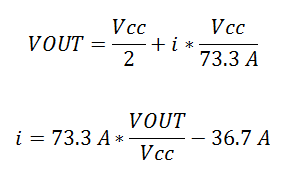
The FAULT pin is normally high and latches low when the current exceeds ±31 A. Once the FAULT pin is latched low, the only way to reset it is by toggling power on the Vcc pin. In our tests, this module was able to handle 31 A of continuous current without exceeding 100°C, with no cooling beyond the heat dissipation of the PCB.

ACS711EX current sensor carrier connection and mounting dimension diagram.

ACS711 current sensor carrier (LC package version) with solderless ring terminal connectors (not included).
The input current can be connected to the board in a variety of ways. Holes with 0.1", 3.5 mm, and 5 mm spacing are available as shown in the diagram above for connecting male header pins or terminal blocks. For high-current applications, you can solder wires directly to the through-holes that best match your wires, or you can use solderless ring terminal connectors, as shown in the picture above. The large through-holes are big enough for #6 screws.
Warning: This product is intended for use below 30 V. Working with higher voltages can be extremely dangerous and should only be attempted by qualified individuals with appropriate equipment and protective gear.
Mounting information
The board has two mounting holes on the logic side of the board. These mounting holes are 0.5" apart and are designed for #2 screws.
Schematic diagram
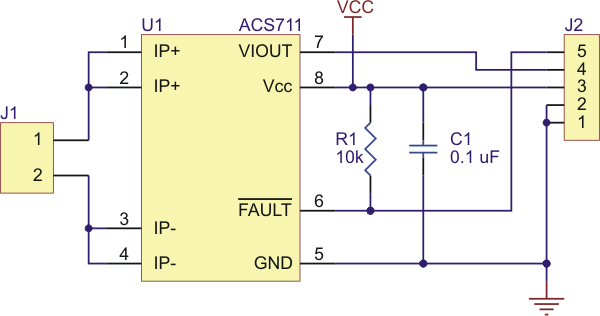 ACS711 current sensor carrier schematic diagram.
ACS711 current sensor carrier schematic diagram.
Specifications
Dimensions
| Size: | 0.7" x 0.8" |
| Weight: | 1.0 g1 |
General specifications
| Current sense: | 0.045 V/A2 |
| Minimum logic voltage: | 3 V |
| Maximum logic voltage: | 5.5 V |
| Supply current: | 4 mA |
Notes:
1 Without included optional header pins.
2 When Vcc is 3.3 V. This specification is proportional to Vcc.
Don't delay. Buy today.
Add to cart now!
Reviews
Customers who bought this product also bought:
-
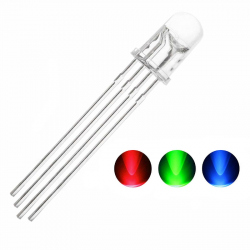
RGB LED...
Are you in need of a bunch of bright and...
$0.24
-

Introduction...
Note: This book is written in Romanian language.
$7.20
-
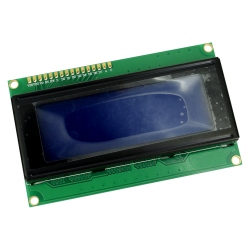
LCD 2004...
LCD 2004 with Blue Backlight See description...
$7.20
-
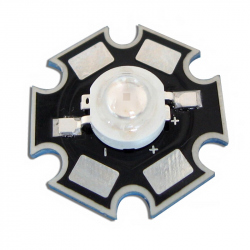
1 W Red LED...
1 W Red LED Module See Description for more...
$0.95
-
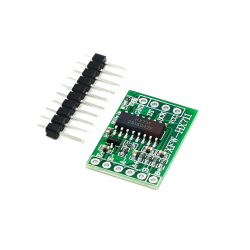
HX711...
The module is a high-precision, 24-bit, and...
$1.44
-
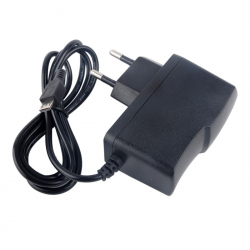
5 V, 2.5 A...
5 V, 2.5 A Power Adapter for Raspberry Pi 3 and...
$7.20
-
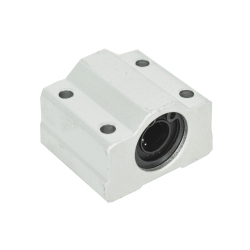
SC8UU Linear...
This SC8UU linear bearing is designed to...
$2.46
-
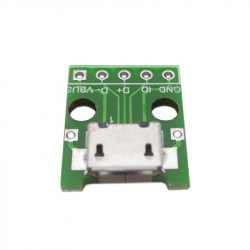
USB Micro...
The micro usb adapter module used to connect...
$0.41
-
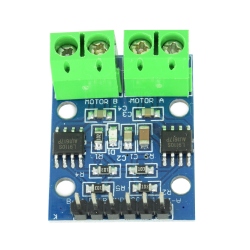
L9110S Motor...
This dual motor driver comes in a compact form...
$0.96
-
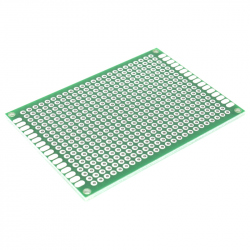
50x70 mm...
This is a double sided solderable universal...
$0.48







